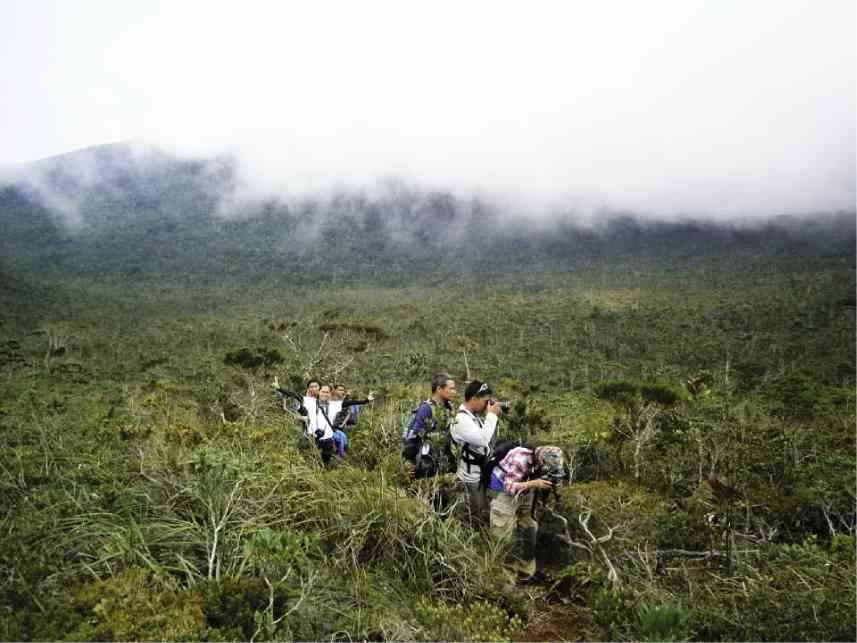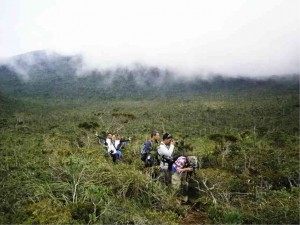
After 15 years, the Philippines has successfully inscribed another site to the World Heritage List of the United Nations Educational, Scientific, and Cultural Organization (Unesco).
Joining the five other Unesco cultural and natural sites of the Philippines is the Mount Hamiguitan Range Wildlife Sanctuary in Davao Oriental, which is noted for its rich biodiversity.
It is the first Unesco heritage site for Mindanao.
“It was inscribed under Criterion 10. The endemicity is very high,” said Unesco Philippines Commissioner and University of Santo Tomas cultural-heritage studies professor Eric Zerrudo.
A site cited under Criterion 10 of the heritage list is supposed to contain the most important and significant natural habitats for in-situ conservation of biological diversity, including
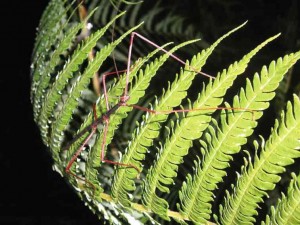
those containing threatened species of universal outstanding value from the point of view of science or conservation. This criterion refers to the rarity and endemicity of the site.
The Unesco website describes Hamiguitan: “Forming a north-south running mountain ridge along Pujada Peninsula on the southeastern part of the Eastern Mindanao Biodiversity Corridor, the Mount Hamiguitan Range Wildlife Sanctuary has an elevation range of 75-1,637 meters above sea level, and provides critical habitat for a range of plant and animal species.”
Zerrudo said the mountain had many site-endemic flora and fauna species. Nepenthes (pitcher plant) and certain butterfly species can only be found there. It is also home to the Philippine Eagle and Philippine Cockatoo.
Dolores Valdesco of the Environment and Natural Heritage Center of Davao Oriental said that in Hamiguitan one could see the outstanding adaptation of the species to the environment, epitomizing the struggle to survive despite harsh conditions.
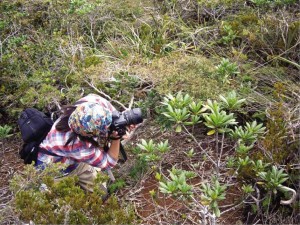
The mountain was supposed to be inscribed last year during the World Heritage Convention in Cambodia but it lacked the required Visitors Management Plan. The document was completed and submitted in this year’s convention in Qatar.
Strict control regime
Owing to its rich biodiversity, Mount Hamiguitan is very fragile and very sensitive, said Zerrudo. So access to it is restricted to scientists and researchers.
“It is not a tourist spot,” he said. “It’s more of a science laboratory because the species are still evolving on top of the mountain.”
Zerrudo said the decision to restrict access to the mountain was “the position of the Philippine government, the Unesco National Commission, and even the province.”

Representative sites will, however, be developed adjacent to the buffer zone for tourists to view the mountain from afar, Valdesco said.
Tourists are going to be confined to the representative sites located in San Isidro and Governor Generoso towns as well as Mati City, the three places which have jurisdiction over the mountain.
Happening worldwide
One of the issues the mountain is facing today is biological piracy.
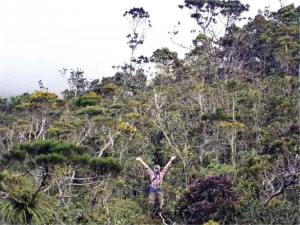
“That is happening now all over the world. They [scientists] would get samples and usually study the DNA,” Zerrudo said.
This is why another province, Palawan, has restricted access by foreign scientists to Mt. Matalingahan, another Philippine natural site being considered for Unesco heritage listing.
About Hamiguitan, Valdesco cited an incident involving German researchers in 2005.
“German scientists entered and got species samples. They propagated and cultured the samples in Europe; that is why the Nepenthes hamiguitanensis is already thriving in Europe today. They’re still naming it as such but it is no longer endemic (to the Philippines),” Valdesco said.
Aside from bio-piracy, mining is another threat.
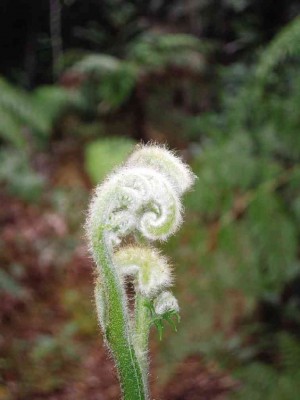
Valdesco said a mining firm was operating on the periphery of Mount Hamiguitan and it had built a housing tenement for its miners which might affect the protected area.
However, she said the company had promised to comply with regulations to protect and conserve the mountain.
Other sites
Other mountains in the country are being eyed for World Heritage nominations, said Zerrudo.
These are the Northern Sierra Madre Mountain Range; Mount Kitanglad (Bukidnon); Mount Malindang (Misamis Occidental); Mount Matalingahan (Palawan); Mount Pulag (Benguet, Ifugao, Nueva Vizcaya); Mount Mayon (Albay); and the Chocolate Hills (Bohol).
Zerrudo said Mount Matalingahan in particular had a pristine environmental condition and a higher biodiversity compared to Mount Hamiguitan.
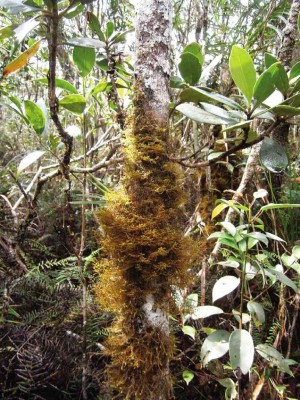
With its inscription, Hamiguitan joins the Palawan Subterranean River; the Rice Terraces of the Philippine Cordillera; and the Tubbataha Reefs Natural Park on Sulu Sea, among the Philippine natural sites inscribed on the World Heritage List.
The rest of the Philippine properties on the Unesco list are cultural heritage landmarks: the Baroque churches—San Agustin Church in Intramuros, Manila; Paoay Church in Ilocos Norte; Santa Maria Church in Ilocos Sur; and Miag-ao Church in Iloilo—and the Historic Town of Vigan in Ilocos Sur.
PHOTOS BY BILLY RAY C. MALACURA

